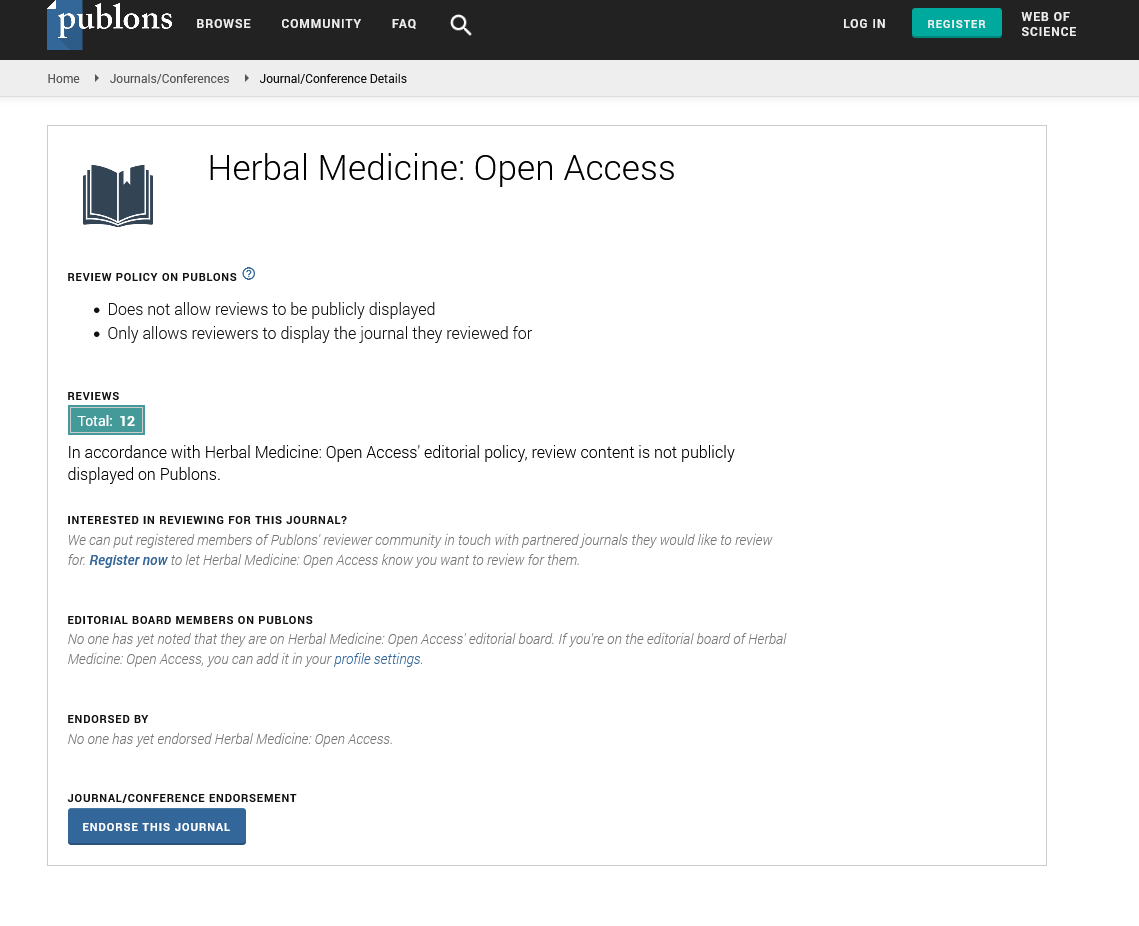Abstract
Ethnomedical Knowledge and Traditional Uses of Aromatic and Medicinal Plants of the Wetlands Complex of the Guerbes-Sanhadja Plain (Wilaya of Skikda in Northeastern Algeria)
In Algeria, little research has focused on the use of spontaneous plant species in traditional medicine. Indeed, the majority of his work was based on surveys with users, neglecting the floristic aspect of the field. In this context, we carried out a floristic and ethnobotanical study with the residents of Guerbès-Sanhadja.
In order to know the medicinal plants traditionally used by the population of the villages and hamlets of the wet complex of Guerbès-Sanhadja, a floristic and ethnobotanical study was carried out in this region. 150 people were interviewed consecutively between January and May 2015. Ethnobotanical data were collected and their habits in traditional medicine were detailed.
The study of the medicinal flora made it possible to inventory 52 genera and 81 species belonging to 52 botanical families. Similarly, a series of ethnobotanical surveys carried out, using a questionnaire, made it possible to collect a certain amount of information. The results of this study showed that foliage is the most used part of the Aboriginal population. The majority of remedies are prepared as an infusion. Of all the diseases treated, digestive disorders represent the most cited diseases.
The results obtained constitute a very valuable source of information for the region studied concerning the Algerian medicinal flora. This will undoubtedly constitute a database for further research in phytochemistry and pharmacology whose purpose is to discover new natural substances of plant origin.
Author(s):
Tarek Hamel, Moncef Zaafour and Mahieddine Boumendjel
Abstract | Full-Text | PDF
Share this

Google scholar citation report
Citations : 271
Herbal Medicine: Open Access received 271 citations as per google scholar report
Herbal Medicine: Open Access peer review process verified at publons
Abstracted/Indexed in
- Google Scholar
- JournalTOCs
- China National Knowledge Infrastructure (CNKI)
- Directory of Research Journal Indexing (DRJI)
- WorldCat
- Publons
- Secret Search Engine Labs
- Zenodo
Open Access Journals
- Aquaculture & Veterinary Science
- Chemistry & Chemical Sciences
- Clinical Sciences
- Engineering
- General Science
- Genetics & Molecular Biology
- Health Care & Nursing
- Immunology & Microbiology
- Materials Science
- Mathematics & Physics
- Medical Sciences
- Neurology & Psychiatry
- Oncology & Cancer Science
- Pharmaceutical Sciences


